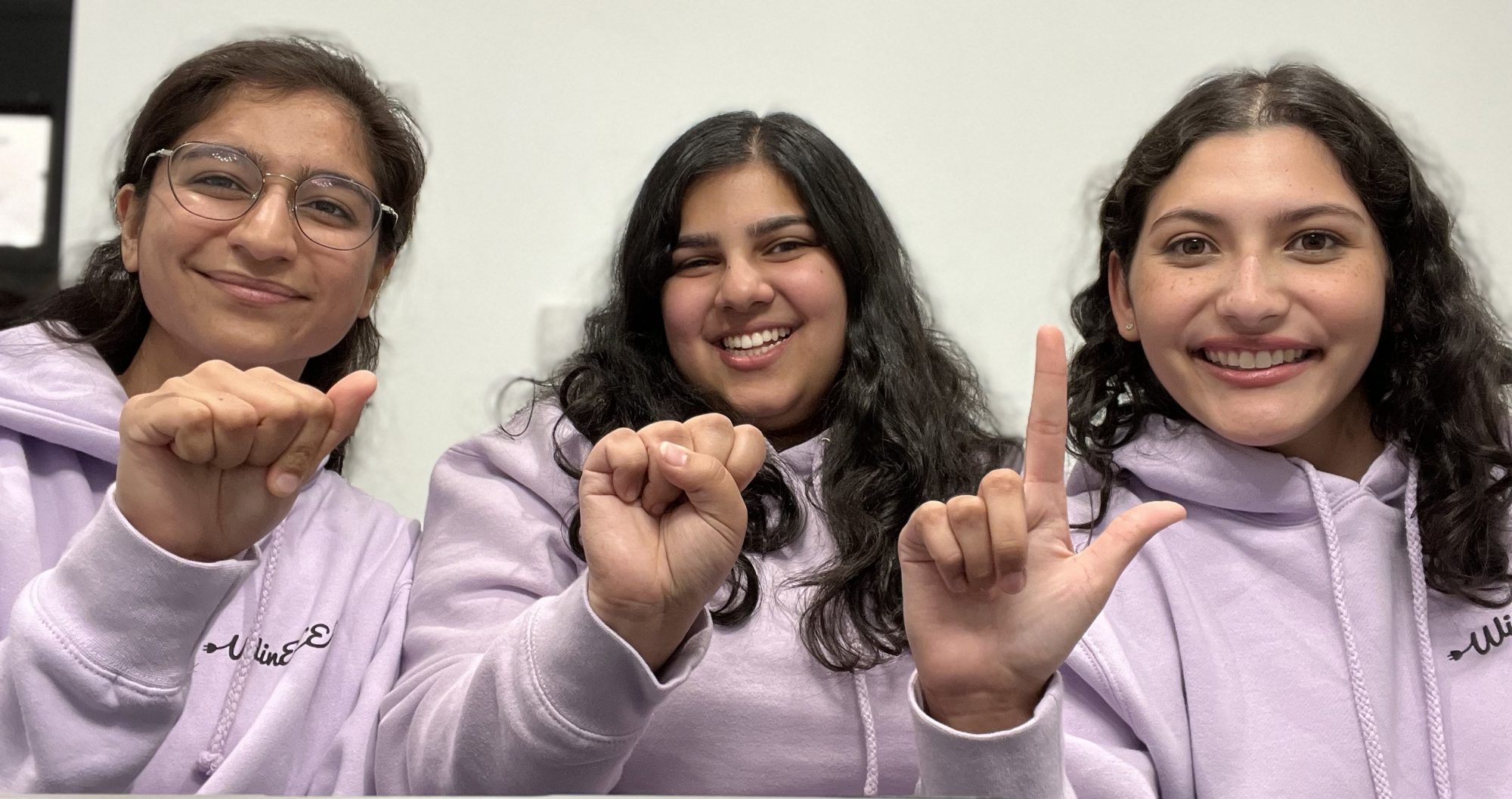The most significant risks that would jeopardize the success of our project are the accuracy of the static model predictions, the accuracy of the dynamic models (which is a post MVP concern), and minor bugs such as our start-stop recording not timing out correctly.
In regard to the static model accuracy, we are managing this risk by examining each model to determine which signs are having issues and playing with different epoch/prediction threshold values to see if different combinations improve the model accuracy. Given that there are only 2 weeks left in the semester, if the accuracy is not improved we will simply mention that in the report but will keep the models as they are in the platform since they are overall performing well.
As for the dynamic models, this a post MVP portion of our project, and currently a lot of the 2-handed moving signs are not being accurately detected. To mange this risk, based on feedback from Tamal and Isabel, we are checking for the number of hands present in frame for 2-handed tests, and immediately saying that its wrong if there is only 1 hand present. Additionally, we are looking into the flickering of media pipe landmarks which occurs when the hands blur in motion in the middle of doing the signs. We are thinking of padding or removing those blurred frames. Again, as a contingency plan, we will most likely keep the dynamic model in our platform as is if we can’t improve it, given that there are only 2 weeks left, and address the inaccuracies in our report.
In regard to the minor bugs, like the start-stop timeout, we are using logs and online forums to try to figure out why our recording is not actually stopping. If the issue persists, we will reach out on Slack to get some help with the error. It should be noted that this issue is not a major problem as the main purpose of our platform (having users sign and get predictions on whether their signing is correct) is not affected by it. However, if the issue is not able to be fixed, we will simply instruct the users on how to get around it (i.e. to repeat execution they have to refresh the page instead of being able to press start again).
There have not been changes to our system design or schedule.
